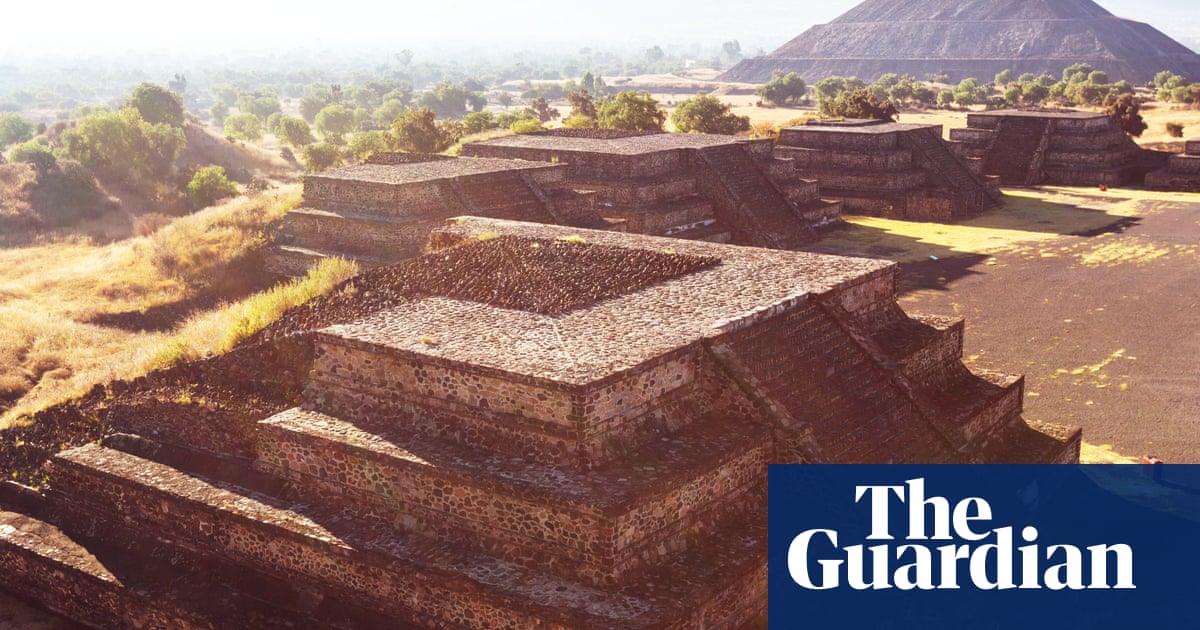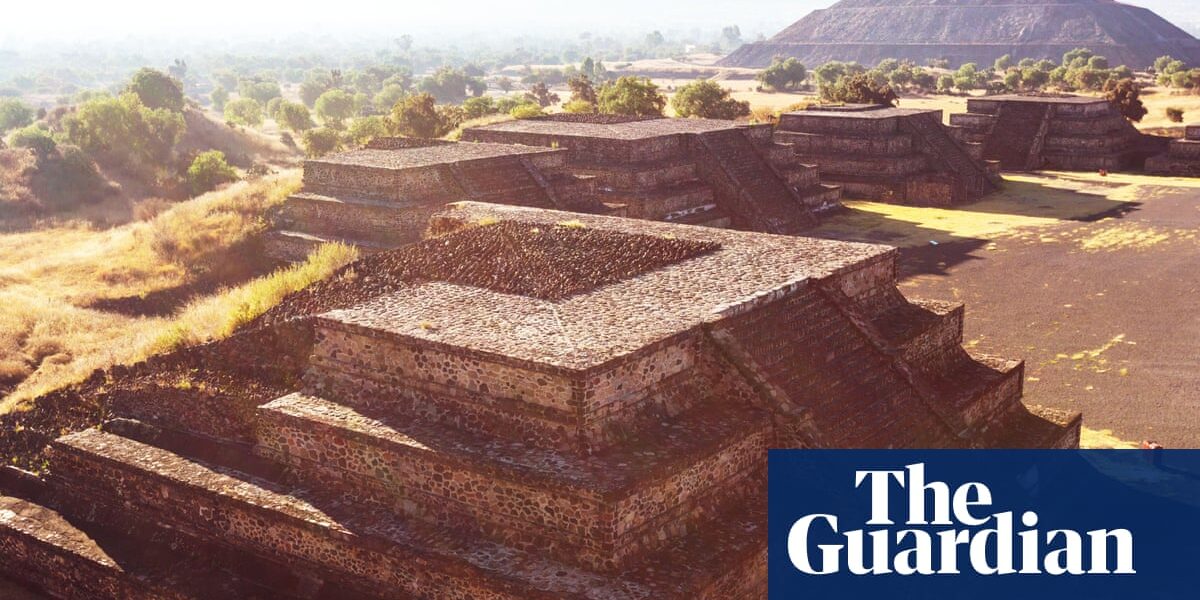
A
The monument is located in the historic Aztec marketplace of Tlatelolco, near the heart of present-day Mexico City. It honors the 1521 conflict in which the Spanish were victorious over the army of Cuauhtémoc, the final Aztec emperor. However, the inscription on the monument states that it was not a clear victory or defeat, but rather the difficult beginning of the Mestizo population that is now Mexico. This tale of origin serves as the focus of Mexican author Álvaro Enrigue’s latest novel, You Dreamed of Empires.
In 1520, the Spanish killed Moctezuma, Cuauhtémoc’s father-in-law, just under a year after Hernán Cortés and his small group of conquistadors entered the city of Tenochtitlan, which was the heart of the Aztec civilization. The first meeting between Cortés and Moctezuma is of particular interest to Enrigue, as it led to Mexico’s difficult beginning. Enrigue condenses events described in Bernal Díaz’s first-hand account, The Conquest of New Spain, into one day. He also includes elements of magic, such as mushrooms, tomatoes, and cactus slices glazed with honey, which cause Moctezuma and Cortés to experience intense hallucinations and communicate without the need for translators.
Enrigue, who wrote the acclaimed historical novel Sudden Death, takes a different approach in his latest work. Rather than forcing a specific theme or argument, he focuses on providing a sensory experience for the reader. This is evident in the opening scene, where Jazmín Caldera, a captain under Cortés, struggles to eat due to the overwhelming stench of dried blood emanating from the Aztec priests beside him.
Enrigue’s book illustrates the foreignness of both cultures to each other. While the Spaniards find joy in consuming cacao, experiencing a tingling sensation and a strong desire to act, and in the comfort of their sandals that give them a levitation-like feeling, the Aztecs are intrigued by the “hornless deer” that the conquistadors ride and politely curious about the unfamiliar “naked god” displayed on a stick.
The novel is mestizo by construction, shifting between characters, including Tlalpotonqui, the mayor of Tenochtitlan. This man, a wonderful depiction of a harried civil servant, spends the novel slowly realising that his term of office is coming to an end, which in Aztec terms really does mean the end. As the book builds to its climax Enrigue cuts more rapidly between his cast, each on their own mission around the city.
Enrigue’s character, Caldera, is unique in that he does not view Tenochtitlan and the valley of Mexico as mere resources to be exploited for their wealth. Rather, he sees them as a place to be cherished and admired. In his eyes, the entrance and initial sight of this land are like the most beautiful pages of a book, and nothing else that follows could compare. The lakes, rivers, forests, and cities all hold a special significance to him.
Afterwards, when he wears Aztec robes and vanishes into the marketplace of Tenochtitlan, leaving Cortés and “the terrible ship of Europe” behind, he can be viewed as a symbol of a different route to a mixed-race Mexico. This path is not driven by greed and violence, but rather by attraction and assimilation.
Enrigue, with the help of his skilled translator Natasha Wimmer, boldly employs contemporary language to bring the past to life in his book. In one instance, Moctezuma’s advisors view the conquistadors as a foolish group, while Tlalpotonqui is described as being loyal to Moctezuma and able to maintain composure even when feeling overwhelmed. Certain parts of the novel have a similar feel to the TV show “The West Wing”, delving into the complex political strategies of the royal court while also incorporating elements of modern psychology. This unique approach creates a surreal and vivid reading experience.
Donald Barthelme’s 1977 work, Cortes and Montezuma, depicts the Aztec royalty of Tenochtitlan traveling in limousines as a means to illustrate their chariots or palanquins. However, what is the purpose of Álvaro Enrigue’s You Dreamed of Empires, where Moctezuma, under the influence of mushrooms, hears the distant melodies of T-Rex’s Monolith? Unlike Barthelme, Enrigue does not intend to translate the music of a past civilization for contemporary audiences – the emperor truly experiences the sounds of glam rock.
Bypass the newsletter advertisement.
after newsletter promotion
The two writers have different approaches, but they both aim to connect the moment of reading with the moment depicted in their work. In Enrigue’s case, this connection is crucial as he portrays the encounter between Cortés and his country, while also introducing a Oedipal alternative. However, before this, as he listens to T-Rex, Moctezuma looks into a bowl filled with the blood of sacrificed doves and sees an image that takes a while to come into focus “because it came from a great distance. When it finally becomes clear, it is incomprehensible to him.” The image is of Enrigue writing the novel that features the emperor, at a house on Long Island.
Source: theguardian.com




